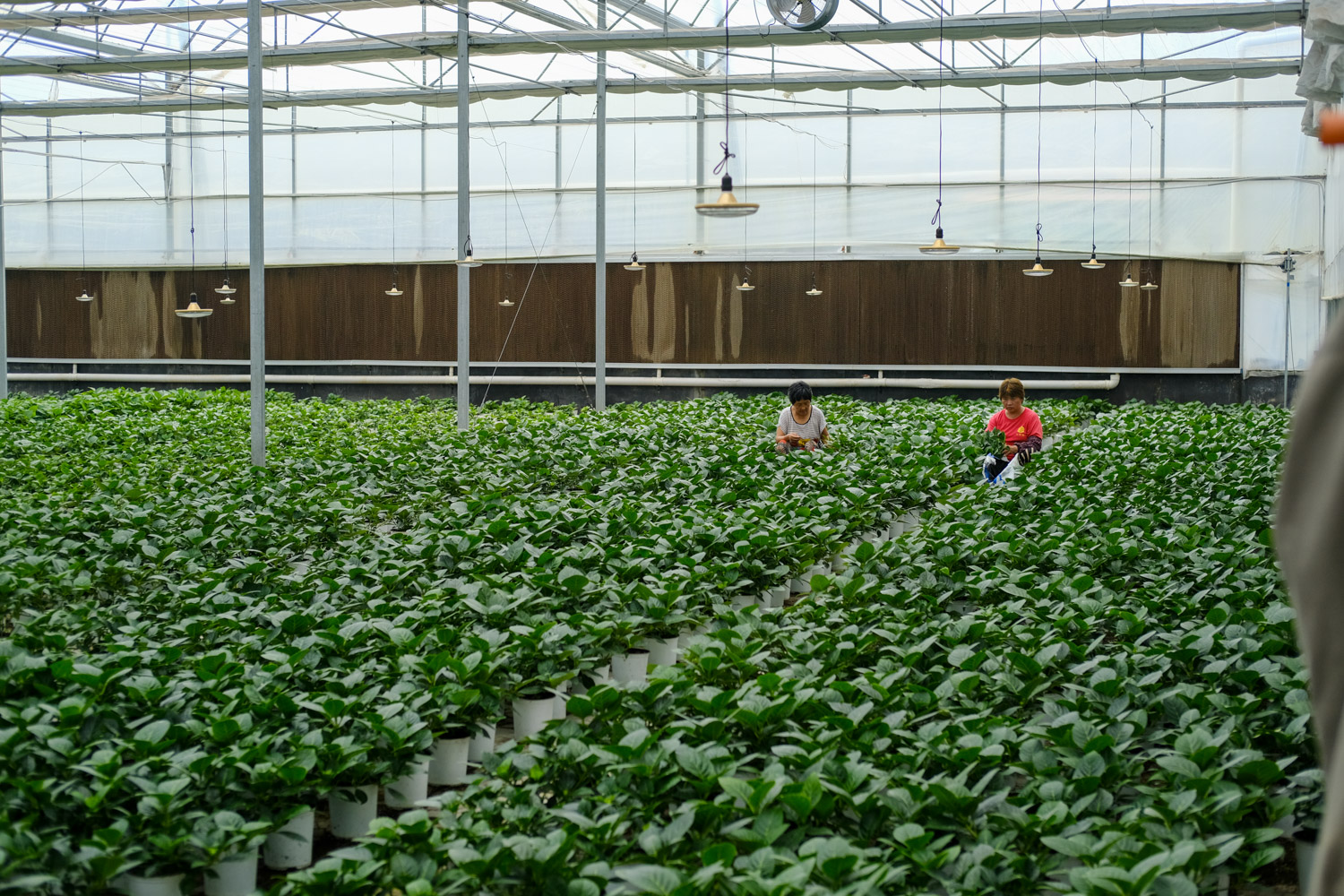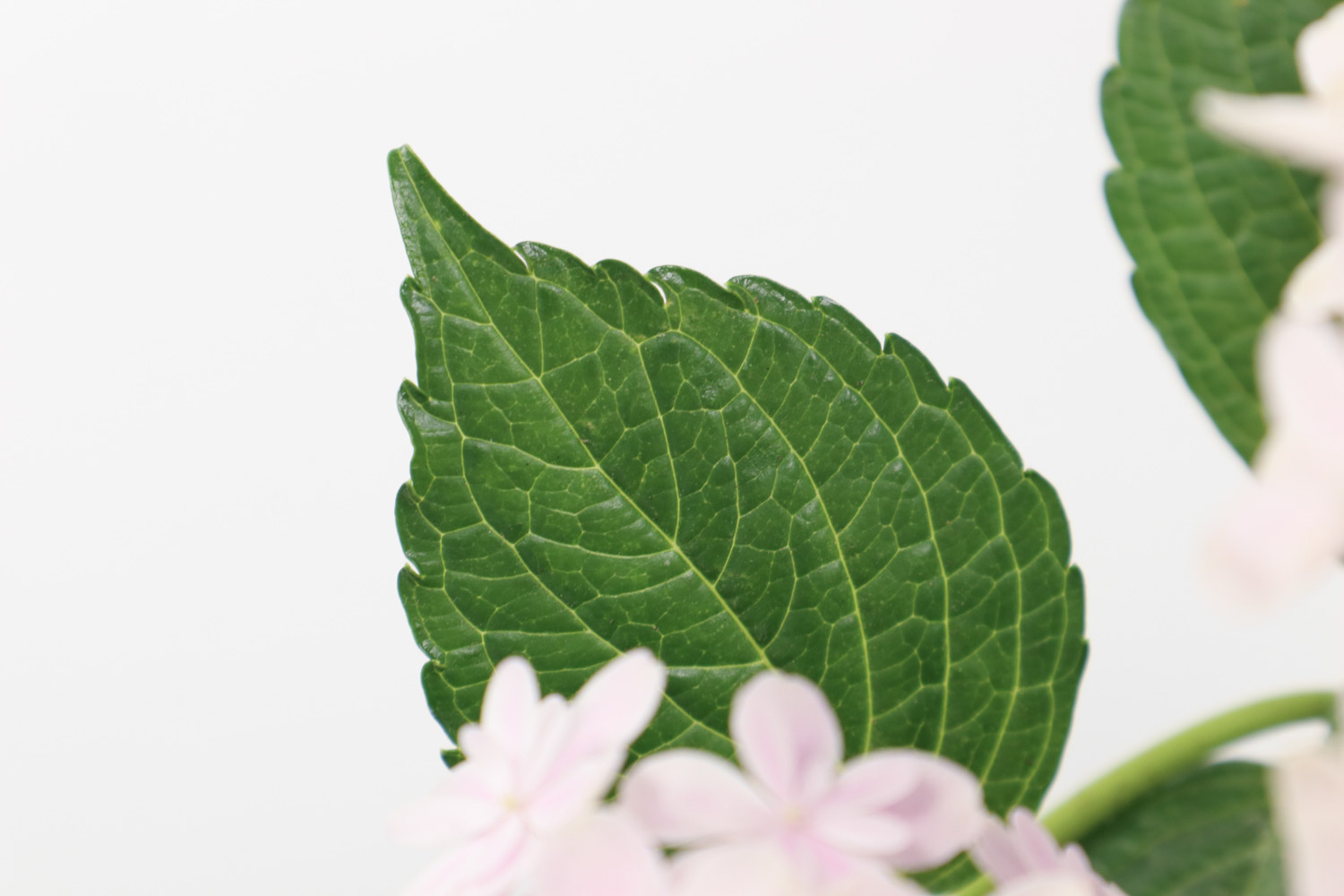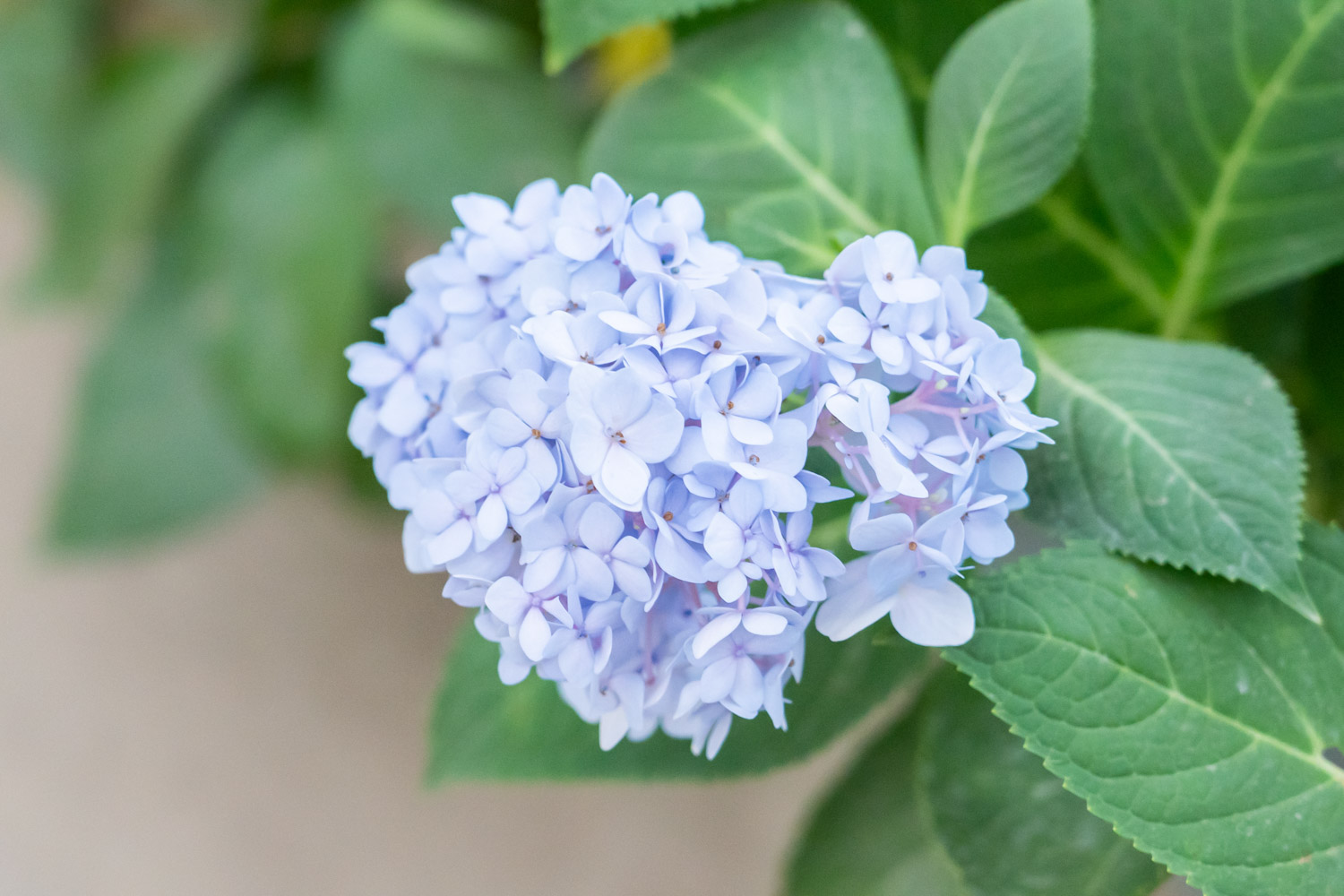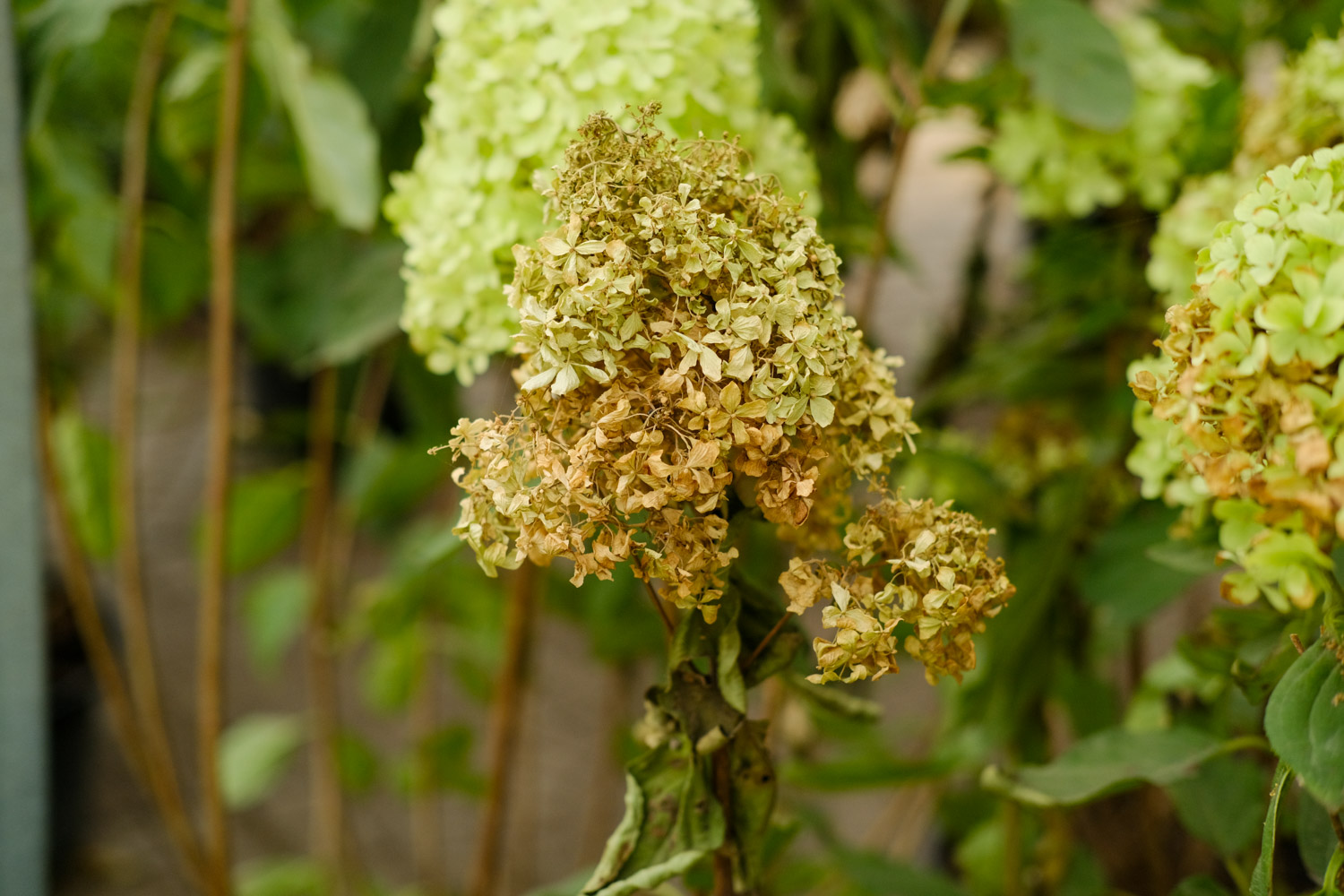Hydrangea reproduction
The propagation of Hydrangea is very simple. Whether it is planted directly or divided into plants and cuttings, as long as it remains warm and humid, it can grow up quickly

Branching method < / b >: it's easy to do if your friend or neighbor has adult hydrangea. Spring is the breeding period of Hydrangea, and adult Hydrangea will give birth to many small plants:
1. Find a derived adult hydrangea
In spring, Hydrangea will sprout from its roots, and small lives will be clustered together
2. Carefully dig out the new branches and try not to break the roots
3. Plant it in a flower pot and use soft and breathable soil. As long as you keep it moist (the surface of the pot soil is not white), you don't need to bask in the sun, just wait for the seedlings to grow up quickly
Cutting method < / b >: Flower friends without adult Hydrangea don't worry, just one Hydrangea stem
1. Cut the flower stem and slap it long and short
2. Hydrangea leaves consume nutrition. We cut half of the leaves to preserve nutrition
3. That's it. The leaves are up
4. Insert into the soil and wait for rooting. Soft and ventilated gravel soil, bamboo leaf soil, coconut bran mixed with common garden soil, general rotten leaf soil and other common soils can be used. Hydrangea likes to be wet. Plastic bags can be put on the flower pot coat to keep warm and moisturize
With a set of plastic bags, a small greenhouse will be built
5. This process can add some rooting powder to ensure faster rooting
6. It can take about 8-15 days to take root
7. After rooting, a single tree is planted into the flower pot, and the pot soil is still soft
Water Hydrangea
The leaves and flowers of Hydrangea are relatively large, so you should pour enough water. If you see the drooping leaves of Hydrangea, you need to water it. Hydrangea likes to drink water. It will recover soon after watering

You can also take a small watering can to spray water on it. It looks more beautiful
Hydrangea illumination
Hydrangea is really a good baby. Just put it in the corner of the balcony or in a place with general indoor light. It likes shade and doesn't need too much sunshine. Exposure to the sun will only make it dry, shrink and sick

Put it in a shaded place for a little sun exposure
Or put it on a closed balcony to dry
Oh, don't overexert yourself
Hydrangea is so clever that it can be raised in the study, bedroom and office
Emergency

Some flower friends will ask, why do my Hydrangea leaves shrink
Leaves shrink because the soil is too fat and Hydrangea has too much nutrition. In the later stage, there is no need to add fertilizer. If it is serious, change the soil quickly
Why isn't Hydrangea energetic
Hydrangea is not energetic. Either it is sunburn, or it is not watered enough or watered too much. Just find it in time and deal with it in time
What is the reason why the leaves turn yellow
Yellowing of leaves may be a soil problem, which can also be solved by changing soil
Hydrangea discoloration
The same Hydrangea may have several color changes, which is also one of the charm of hydrangea. What is the reason why Hydrangea changes color

Hydrangea bloom and change color is normal. Blue will be raised in acidic soil, and red will be raised in alkaline soil. Green, purple and pink hydrangeas are caused by the unstable acid-base of the soil
Here are some tips to change the design:
1. Do you like blue-green Hydrangea
Add some vinegar before the hydrangea bud, just a little dissolve it in the watering water, so that the flower soil becomes acidic and can produce blue flowers
2. Do you like red Hydrangea
Then sprinkle some plant ash in the flower soil before budding to make the soil alkaline, so as to produce red hydrangea
Hydrangea is so rich and beautiful
Don't flinch from flowers
You can ask Huahua any questions you have
Huahua helps you keep it

 how many times do yo...
how many times do yo... how many planted tre...
how many planted tre... how many pine trees ...
how many pine trees ... how many pecan trees...
how many pecan trees... how many plants comp...
how many plants comp... how many plants can ...
how many plants can ... how many plants and ...
how many plants and ... how many pepper plan...
how many pepper plan...




























